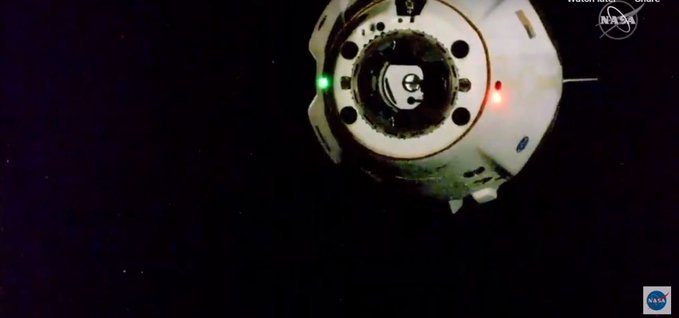WASHINGTON (PTI): NASA's Mars 2020 Perseverance rover mission, which is on its way to the Red Planet to search for signs of ancient life and collect samples to send back to Earth, is healthy and on its way after experiencing some technical difficulties, the US space agency said.
The rover launched with the Ingenuity Mars helicopter on Thursday onboard a United Launch Alliance (ULA) Atlas V rocket from Space Launch Complex 41 at Cape Canaveral Air Force Station in Florida.
The team controlling the rover has received telemetry or detailed spacecraft data from the spacecraft, and has also been able to send commands up to the spacecraft, according to Matt Wallace, the mission's deputy project manager.
The team, based at NASA's Jet Propulsion Laboratory in Southern California, has confirmed that the spacecraft is healthy and on its way to Mars.
Wallace provided a more detailed update on two issues during launch operations.
"First, the proximity of the spacecraft to Earth immediately after launch was saturating the ground station receivers of NASA's Deep Space Network. This is a known issue that we have encountered on other planetary missions, including during the launch of NASA's Curiosity rover in 2011, Wallace said in a statement.
The Perseverance team, he said, worked through prepared mitigation strategies that included detuning the receivers and pointing the antennas slightly off-target from the spacecraft to bring the signal within an acceptable range.
The second issue, Wallace said, was a transient event involving temperature on the spacecraft.
The mission uses a liquid freon loop to bring heat from the centre of the spacecraft to radiators on the cruise stage -- the part that helps fly the rover to Mars -- which have a view to space.
We monitor the difference in temperature between the warm inlet to the radiators and the cooler outlet from the radiators. As the spacecraft entered into Earth's shadow, the Sun was temporary blocked by Earth, and the outlet temperature dropped, said Wallace.
This caused the difference between the warm inlet and cooler outlet to increase. This transient differential tripped an alarm and caused the spacecraft to transition into the standby mode known as 'safe mode', according to the space agency.
Safe mode is a stable and acceptable mode for the spacecraft, and triggering safe mode during this transitional phase is not problematic for Mars 2020, NASA said.
"With the understanding of the causes of these issues, we are conducting the operations necessary to move the spacecraft back out of safe mode and into normal cruise mode," Wallace added.
Mars 2020 rover mission healthy and on its way: NASA
Article Posted on : - Jul 31, 2020
Other Related News
ISRO achieves breakthrough in Semicryogenic engine development for LVM3
ISRO has announced significant progress in the design and development of a Semicryogenic engine or Liquid Oxygen / Kerosene engine with a high thrust of 2,000 kN (kilonewton) that will power the Semicryogenic booster stage of the Launch Vehicle Mark-3 (LVM3).
 Previous Article
Previous Article Next Article
Next Article









The Indian Air Force, in its flight trials evaluation report submitted before the Defence Ministry l..
view articleAn insight into the Medium Multi-Role Combat Aircraft competition...
view articleSky enthusiasts can now spot the International Space Station (ISS) commanded by Indian-American astr..
view article